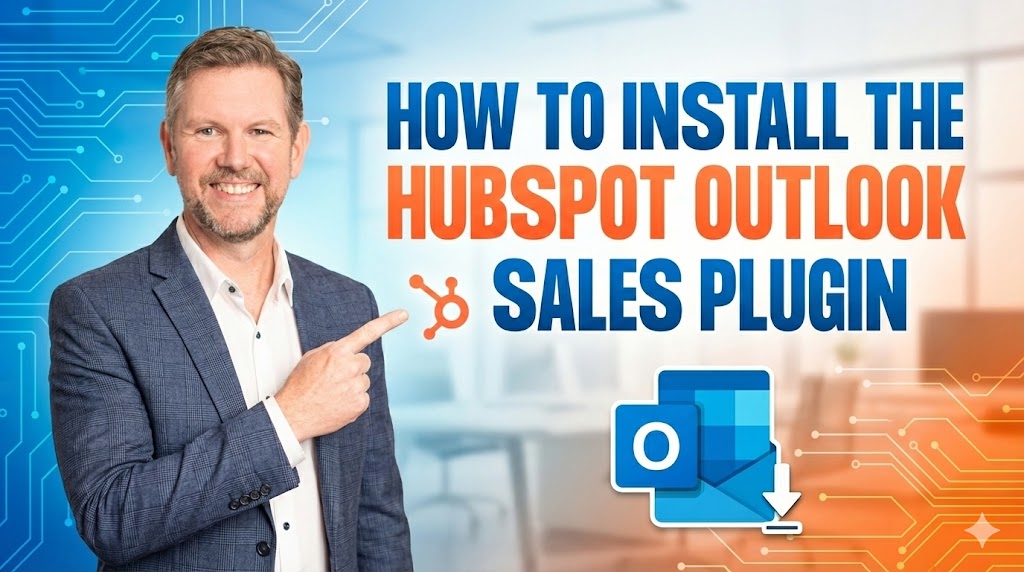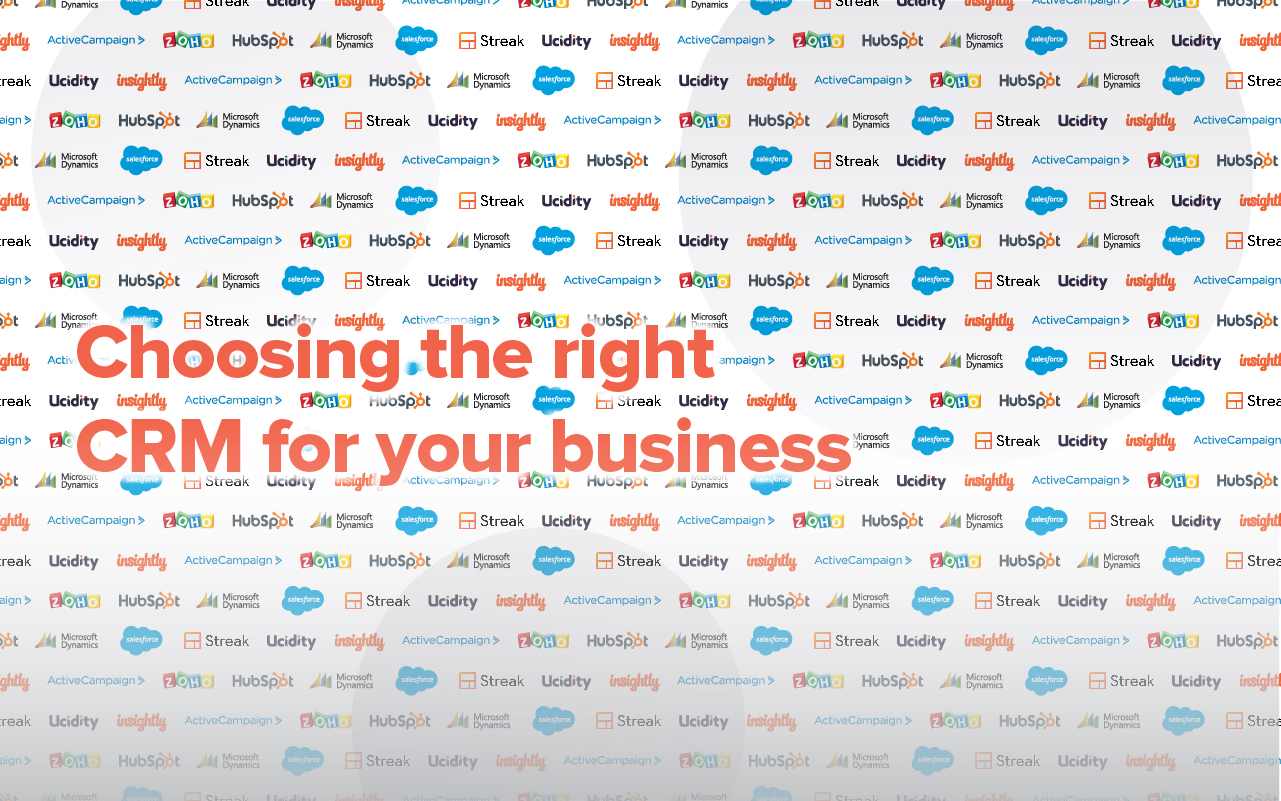
Content Marketing,Content Marketing,Content Marketing | 7 min read

In this article, we will walk you through our assessment of each system and why some users want to jump and make the change.
Both systems are strong contenders in the CRM space and have their sweet spots.
There are many reasons why many organisations widely use Salesforce. Salesforce has the highest market share among most CRMs. It is one of the most popular CRMs to date because of its capability, scalability and being highly customisable. Apart from its security features, Salesforce, without a doubt, delivers what it has promised.
However, just as with anything good, Salesforce also comes with its own setbacks or complexities if we were to be less ideal about it. Perhaps, the reason behind its complexities is that when people want to solve many issues and integrate them all into one platform, that’s where the complexities start. Sometimes, without knowledge, the complexities are inanimate-albeit being obvious.
When something is built to be a multi-faceted problem solver, the risk of being restrictively complicated, overpriced, and challenging to implement and use is obvious.
For companies with a larger headcount and have the resources to pay for something more complex, Salesforce may be a good CRM to match their needs. Training, implementation, maintenance, and tweaks are something to consider when you’re on the fence about getting a CRM that suits your business.
Despite the rave about Salesforce for large companies, small-medium entities may find that Salesforce isn't suitable for their needs. This could be mainly because of their limited budget, resources, time, etc.
Training the CRM users
Change comes as a challenge to anyone or any environment. In this case, end-user training is one of the most important phases in . In general, implementing something new in the workplace could already be CRM implementation a lot of work because of the many changes that happen.
Motivating your team to use the CRM is even more painful because its complex functions are hard to follow. For SMEs who only want to make simple changes to their business via a CRM, Salesforce may not be their top option.
Although Salesforce promises to be highly customisable and configurable, what sounds like “convenience” eventually translates to a tangled and disorganised mess. Sadly, using Salesforce may not be easy as pie for many people, especially those who are first-time CRM users. At this point, we can conclude that the CRM is more of a “hindrance” than a “help”.
Adding insult to injury, Salesforce is notoriously ‘hands-off’ when it comes to setting up and onboarding new users. With a demo-style version at the start and a few prompts, there is a painful lack of advice and help when getting started. The lack of resources and accountability leads to:
- The need for CRM experts to help in the onboarding and training of the new user. These resources could either be sourced in-house or outsourced..Either way, the unavailability of resources to help in the onboarding and training phase of the CRM implementation ignites a messy situation.
- Some customisations require hiring a developer to help you set up the CRM further at your own cost. As an example, one of the elite functions of a CRM is that you need to bulk email a list. However, bulk emailing contacts a certain add-on that requires the skills of a developer specialising in CRMs.
- A training program that is somehow “generic: and doesn't address the different types of learners, such as those who are:
- Visual learners
- Auditory learners
- Kinesthetic learners
- Group training sessions for a check and balance and to ensure that everyone is on the same page, which eats into valuable time and resources.
- A degree of simply having to learn on the job leads to the users needing to waste time asking questions and requesting help.
- One of the biggest pain points for new customers is that support comes at an extra cost.
As an alternative solution, HubSpot is an entirely intuitive, user-friendly interface that comes with a step-by-step user guide. HubSpot’s user guide and training process is intricately designed to ensure that no information is missed, no matter the integrations.
HubSpot Academy also boasts a vast knowledge base “HubSpot Academy”. Users are able to find the answers to almost any question for HubSpot. There is a wide variety of courses throughout the academy that functions like an online media library for HubSpot users. In addition, HubSpot also has a wide array of blogs where users can find answers to whatever question.
These courses and blogs are designed to help any HubSpot user get up to speed with HubSpot’s nooks and crannies. In the marketing industry, HubSpot also has a glowing reputation for genuine care for its users, offering solutions to anything that seems vague and complex.

Duplicate Records
The staggering amount of duplicate records makes sales administration tricky and tedious. To anyone handling sales admins, duplicates in the forms of contacts, data, etc., are a major headache.
As a sales admin, do you manually remove your duplicates one by one?
What horror!
Here are unconscious and quiet ways that your resources have been going to waste because of manual work:
- Time is lost when sales reps pursue leads based on duplicated data.
- Employees become demotivated because they are tired of wasting time working on duplicate data.
- The unobvious and unseen possibility of a loss of money due to inaccurate data
- Further time was wasted locating duplicate data and purging them.
- This creates a need to analyse your system to find the entry points of the duplicate data.
Remove duplicates in HubSpot through these easy steps!
Removing duplicates in HubSpot is easy.
Begin by logging in and then navigating to your contacts' or companies' home screens. Click on “Actions” followed by “Manage Duplicates”. After which, you will be taken to a screen that shows records that are most likely to be duplicated. Once you've checked and found out that they are, in fact, duplicates, go ahead and review those. If they aren't duplicates, you can “merge” those. If they are indeed duplicates, “dismiss” or delete the contact.
Redundant and Repetitive Processes
Manually manoeuvring the typically vast and complex Salesforce ecosystem is already hard enough. Dealing with low-value repetitive workflows such as creating follow-up tasks and documenting visits makes the whole process all the more daunting. This is a great source of frustration for Salesforce administrators and end users. The main reason for enabling a CRM is to remove repetitive tasks and make work simpler and quicker. When your CRM makes things more complex and tedious, there is clearly something wrong with how it was built.
Here are some reasons why some of the processes are repetitive and deemed redundant.
- Due to the complexities of the Salesforce platform, countless business hours can be wasted on double-handling data and tasks that deliver no value at the end of the day. This is counterproductive and also defeats the reason for using a CRM. A CRM is supposed to lessen the processes to arrive quicker at the solution. Using a complex system is an avenue for money to go down the drain, leaving you with demotivated employees and a business structure that’s questionable in so many ways.
- While fixable and preventable in the future, a lot of the time, the ‘Solutions’ to problems like this require a specialised admin or developer to step in and configure the system at some cost to the company.

System Integrations
Salesforce’s benefits are best leveraged when the tool is integrated with other business solutions in the organisation. For this reason alone, system integrations remain an essential consideration for most, if not all. Building a robust Salesforce integration initiative is far from simple. There are many integrations and add-ons to be considered, something that Salesforce has somehow not perfected yet. Although the tool is powerful, it remains a complex and imperfect CRM tool.
Some more pain points that Salesforce exhibits are the following:
- Importing and exporting data from Salesforce is not the same as real-time data integration. In addition, the import/export functionality of the CRM does not contain all information, such as certain States in the US. Salesforce admits that this function remains unavailable in their CRM. Before using the “Import Wizard Tool” always determine the file size to be imported. Remember that Salesforce only allows up to 100MB for regularly formatted files, while the zipped files sized up to 32 MB could be exported.
- As a part of the data import/export process, it is crucial to ensure that the data you have is accurate before it gets loaded into different places. Determining that you have accurate information and whether your CRM can actually handle the size of the file can be exhausting.
- Successful integrations rely on having a very coherent line of communication between all divisions of the business. Failing this will result in double handling of work and
One of the many functionalities we love about HubSpot is how it has capability of importing additional data:
- HubSpot default contacts
- Company
- Deal
- Ticket Properties
Read this blog from HubSpot’s knowledge base for a detailed description of how you can make use of the HubSpot Import/Export functionality.
Storage Space
Storage capacity is possibly one of the biggest challenges that Salesforce is currently encountering. The predetermined storage allowance starts depleting in the 2nd year and may completely run out on your 4th year of using it. This is all dependent on data generation,
In general, data storage limits are strictly enforced with the use of Sandboxes.
Salesforce uses two storage categories:
- File Storage - The files/attachments that you uploaded
- Data Storage - Where your standard and custom object data is located.
The Salesforce Developer edition has a low data storage capacity of about 5Mb. On an estimate, this can be filled with 2,500 records. If you want to add more records, the simplest way to go is by deleting some of those records.
If you’re thinking, “Oh well, then I’ll have to buy extra storage”... Think again.
- Additional data is costly!
- Added storage is $125 per month for 500 MB of additional storage.
- Buying additional storage may only be a temporary solution since you must keep buying until you feel your storage is enough.
- Time and resources are again wasted
- Purging of data to make space for new records
- Manually checking duplicates to know which one should be removed.
- Data backup doesn’t come too easy and inexpensive.
Do you want more information on how a CRM can impact your business?
Both CRMS, Salesforce and HubSpot are very strong contenders in the Marketing scene. Reach out to Ucidity for more information on what CRM suits your business needs!
Published on February 09, 2023



